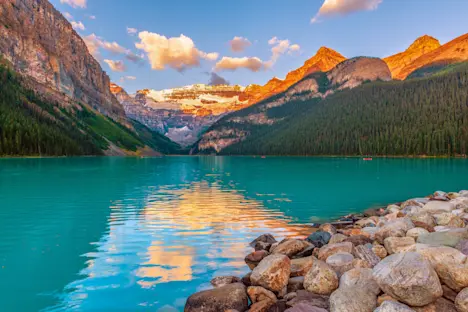
Know Before You Go


Distribution & Migration | Baja Wildlife Guide
Gray whales have one of the longest migrations of any mammal, traveling 9,900 to 13,700 miles round trip across the North Pacific. In October, the whales travel from the Chukchi and Bering seas to lagoons in Mexico and Baja California. This southern migration from their feeding grounds to their breeding grounds takes two to three months, as they keep a steady pace of 3 to 6 miles per hour. Having reached the lagoons, the whales remain situated for another two or three months, waiting for their calves to gain enough body fat to sustain them during the journey back to northern, colder waters.
Females and their young migrate back north along the coastline and can be spotted near shore at this time. Some individuals remain in the Strait of Juan de Fuca between the state of Washington and Vancouver Island in Canada year round, and potentially off the coast of central California.
SOUTHERN MIGRATION
After foraging throughout the summer and autumn, gray whales head south, passing the Pacific Northwest in early December and reaching a peak migration in Oregon waters at the beginning of January. At this time, an average of 30 gray whales may be seen passing by each hour. Gray whales eat very little during migration and while inhabiting their breeding grounds; a gray whale may abstain from prey for three to five months.
NORTHERN MIGRATION
In March, gray whales begin the long migration north. This time, mothers and their calves are the last to depart, as their young must gain strength for the journey. In early April, these whales can be seen along the coast of Oregon and Washington. Sporadic mating may occur at this time.
Calves are playful but cautious, staying by their mothers’ sides, as they gain an insulating layer of blubber. Females and their young, who are at least 1 month old, make their way slowly past Oregon and Washington between late April and early June, and can sometimes be seen only a few hundred yards from the coastline. Remaining close to land in shallow water may assist with navigation. Scientists also speculate that gray whales gain directional information from the breaking of waves, which are heard on one side or the other, depending on northward or southward travel.
MIGRATION GROUPINGS
The California gray whale is not a particularly gregarious creature. The groupings observed at the lagoons are thought to be due to the limited areas that are available for mating and calving, and there is some indication that they form groups during their migrations. Russian observers say that in early autumn, groups gather and start out together on the journey. The Japanese have noted groups of moderate size remaining together during the crossing of the Bering Sea.
In San Diego, three categories of migrants have been observed on the southward migration. During the early and middle periods of the migration, many solitary whales are seen, which are believed to be pregnant females. They travel at about 4 knots and surface frequently, about every three minutes. The migrating groups of three to five whales are made up of one or more nonpregnant females, accompanied by one or more males; these groups are often courting. The migration is less hurried, with much blowing and milling about.
Toward the end of a season, migrants that are smaller and closer to shore are usually seen outside the kelp beds. These are believed to be the previous year’s young, making the trip alone for the first time. They not only swim more slowly, but they also seem to wander frequently into the kelp—and into every irregularity along the coast. Those that enter the kelp may raise their heads vertically out of the water in an action called spy hopping, which is an attempt to find a clear passage. The gray whale, however, does not spy hop regularly on its migration along the shore, which must mean that its orientation is based either on the sound of the surf or the depth of the water.
WHALE POPULATIONS
It is evident that the gray whale is now confined to the Pacific sector, reaching its northern limits in the ice floes of the Arctic Ocean, and it is assumed that there are two residual populations. One population, by far the larger, summers and feeds primarily in the Bering Sea, though some whales are found in cold coastal waters as far south as northern California. This group breeds in late winter and spring in Laguna Ojo de Libre and other lagoons farther south in central Baja California, and also southward through the Bahia Magdalena complex north of Cabo San Lucas. A few whales move far up the Gulf of California, and small groups breed along the east side of the Gulf. A small number of calves are born off the coast of southern California.
The second population, generally thought to be quite independent, summers in Okhotsk, southwest of Kamchatka and the Kurile chain of islands. This is the group that supported Korean whaling in the western part of the Sea of Japan during the early decades of this century, and Japanese scientists believe that gray whales formerly moved down the east side of Japan and wintered in the Inland Sea. In more recent years, it was commonly assumed that the Asiatic herd had become extinct, but Russian marine mammalogists have now found that a few members of this group still survive.Header Credit: Chris Burdon
































